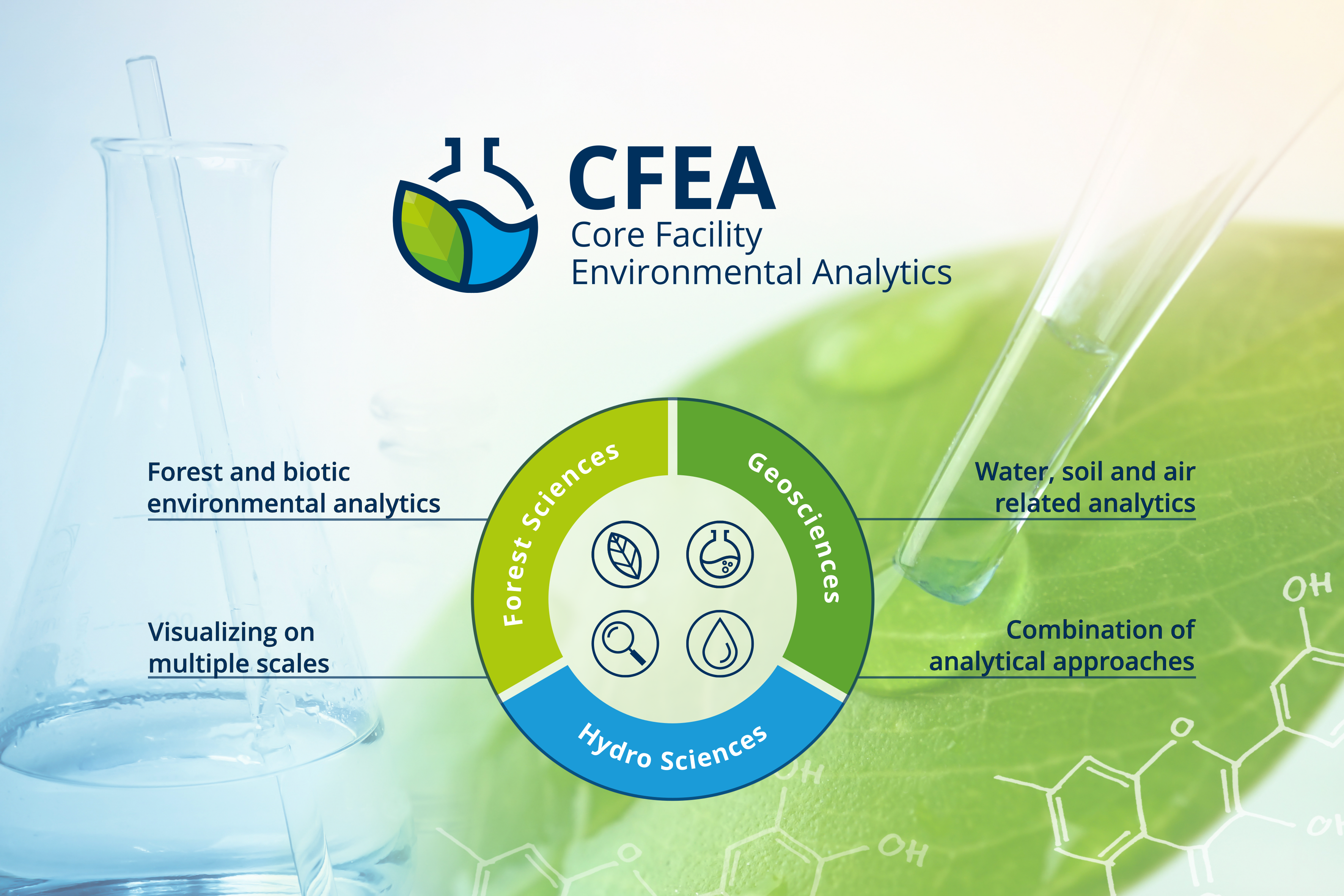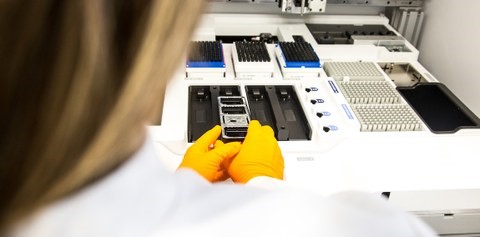You are here :
- EUTOPIA website
- Home
- Research & Innovation
- Research Infrastructure
- Infrastructure Brochure
Research Infrastructure Technische Universität Dresden
-
Core Facility Environmental Analytics (CFEA)
Keywords:
• Mass Spectrometry • Chemical Analysis • Physical Analysis • Dendrochronology • Stable Isotopes • Wood Anatomy • ESEM
Key Contact:
Björn Günther
Patrick Wordell-Dietrich
Stephan Beil
https://tu-dresden.de/bu/umwelt/cfea?set_language=en
-
Center for Molecular and Cellular Bioengineering Technology Platform (CMCBTP)

The CMCB Technology Platform consists of several Core Facilities, which offer state-of-the-art technologies and professional expertise based on the life science research areas of the three institutes (B CUBE, BIOTEC and CRTD) within the central academic unit CMCB. The aims of the CMCB TP are to foster synergy effects, the promotion of knowledge and technology transfer, and the economic use of existing resources.
Keywords:
• Light Microscopy • Electron Microscopy • Histology • Next Generation Sequencing • Flow Cytometry • Mass Cytometry • Mass Spectrometry
• Proteomics • Microstructures • Microfluidics • Stem Cell Engineering
• In Vivo Testing • Electrophysiology
Key Contact:
Dana Schoder
https://tu-dresden.de/cmcb/technologie-plattform
-
DRESDEN Center for Nanoanalysis (DCN)
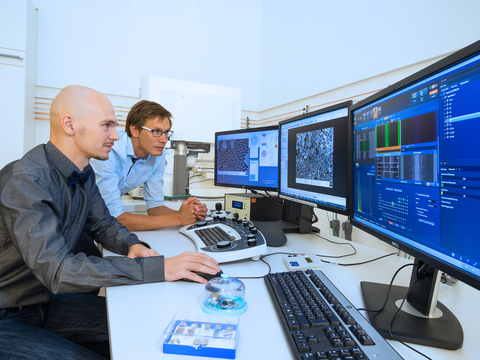
The DCN provides nanoanalytical service measurements and provides user training for the TU-Dresden, Dresden-Concept partners and as work-for-hire. By utilising high-end scientific tools and know-how in particular in the fields of microscopy with electrons, ions and X-rays, including advanced in-situ techniques, the DCN can enable low-threshold access to state-of-the-art tools and methods.
Keywords:
• Electron Microscopy • Light Microscopy • Focused ion beam • X-ray Computed Tomography • Nanoanalysis
Key Contact:
Bernd Rellingha
https://cfaed.tu-dresden.de/dcnus
-
Technology Platform Chemical Analytics (T-CHE)
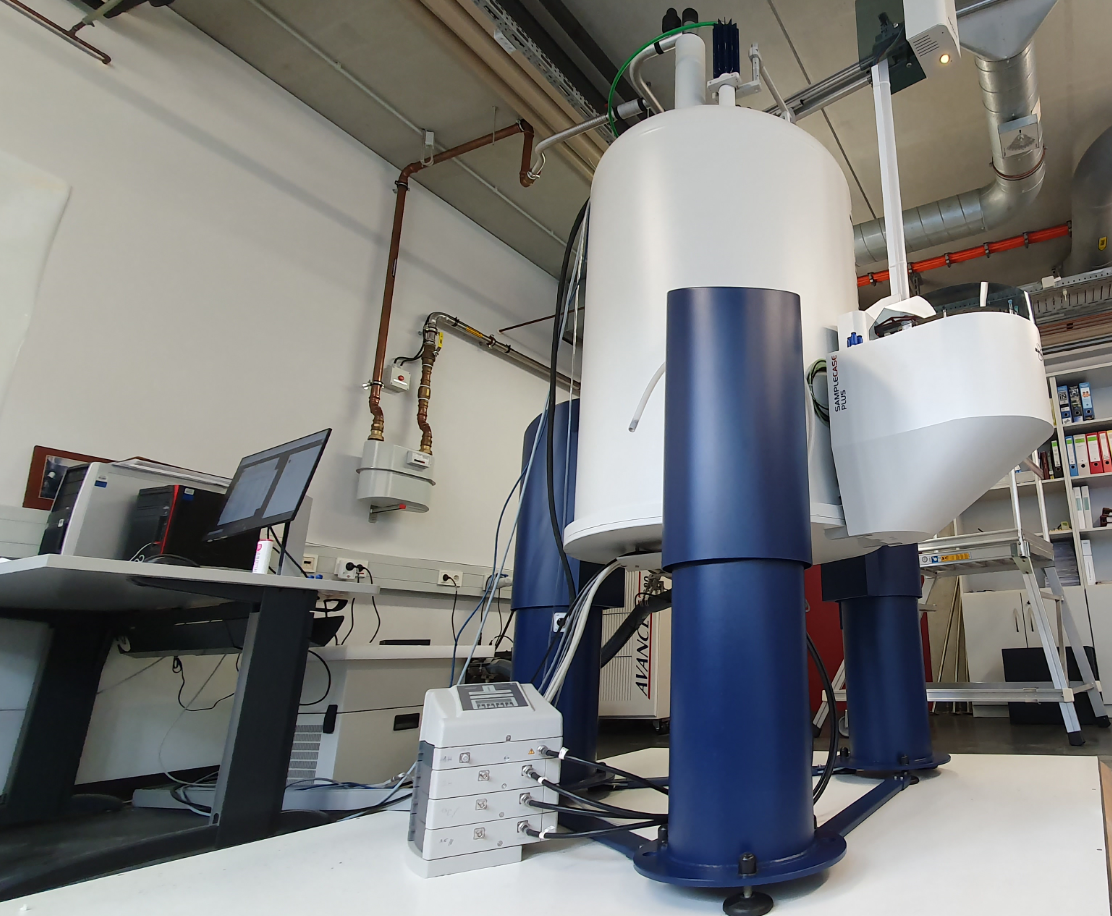
The technology platform T-CHE (Chemical Analytics) bundles important cross-sectional technologies and research infrastructures of the Faculty of Chemistry and Food Chemistry. The goals of T-CHE are unbureaucratic access to and efficient use of large-scale research equipment available at the faculty.
Keywords:
• Crystallography • NMR spectroscopy • Magnetometry • Mass Spectrometry • Microscopy • Raman Spectroscopy
Key Contact:
Bernd Plietker
https://tu-dresden.de/mn/chemie/die-fakultaet/technologieplattform
-
Biopolis Dresden Imaging Platform (BioDIP)
The Biopolis Dresden Imaging Platform (BIODIP) constitutes a multi-institutional network of core imaging facilities and provides open access to state-of-the-art microscopy systems as well as image analysis.
Keywords:
• Networking • Imaging
Key Contact:
Thomas Kurth
https://www.biodip.de
-
DRESDEN-Concept Genome Center
The DRESDEN-concept Genome Center (DcGC) constitutes a shared technology resource that offers the infrastructure and expertise for a broad range of state-of-the-art genomic technologies.
Keywords:
• NGS • Next Generation Sequencing • Single Cell Sequencing • Spatial Sequencing • Genomics
Key Contact:
Andreas Dahl
https://genomecenter.tu-dresden.de
-
Werner-Hartmann-Center for Technologies of Electronics (WHZ)
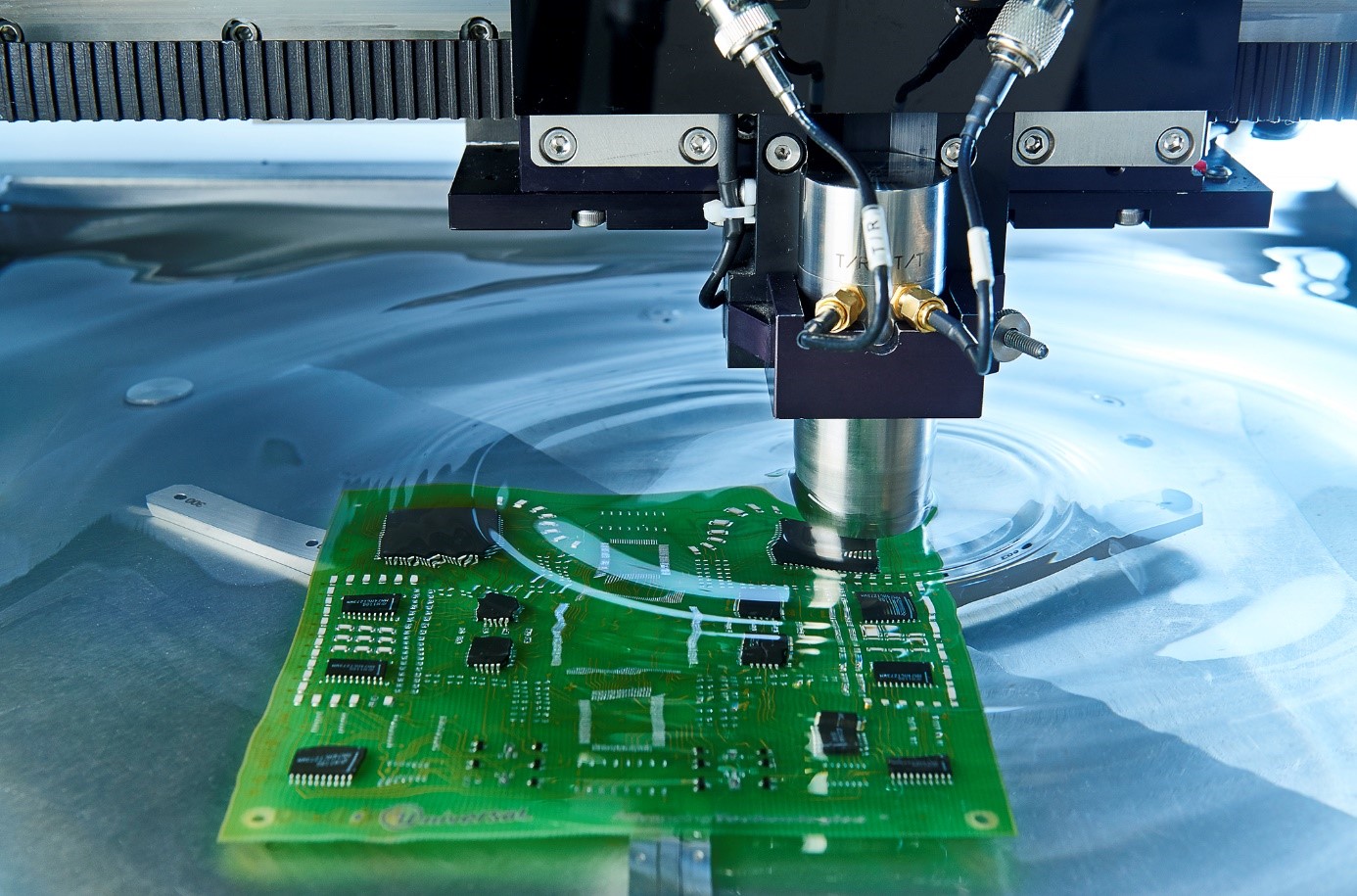
Werner-Hartmann-Zentrum (WHZ) for technologies of electronics is a competence center of the Faculty of Electrical and Computer Engineering of Technische Universität Dresden. WHZ is a platform where technologically oriented professorships bring in their equipment. WHZ enhances the availability of single processes and complete technological paths for internal as well as external use in projects and for scientific services. WHZ owns special technological and diagnostics equipment and processes for manufacturing and analysing electronic
components and modules.
Keywords:
• Electronic Packaging • Diagnostic • Failure Analysis • Assembly Technologies • Components • Modules • Substrates • Sensors • Microsystems • Manufacturing
Key Contact:
Thomas Zerna
https://whz.et.tu-dresden.de
-
Felsenkeller Underground Laboratory
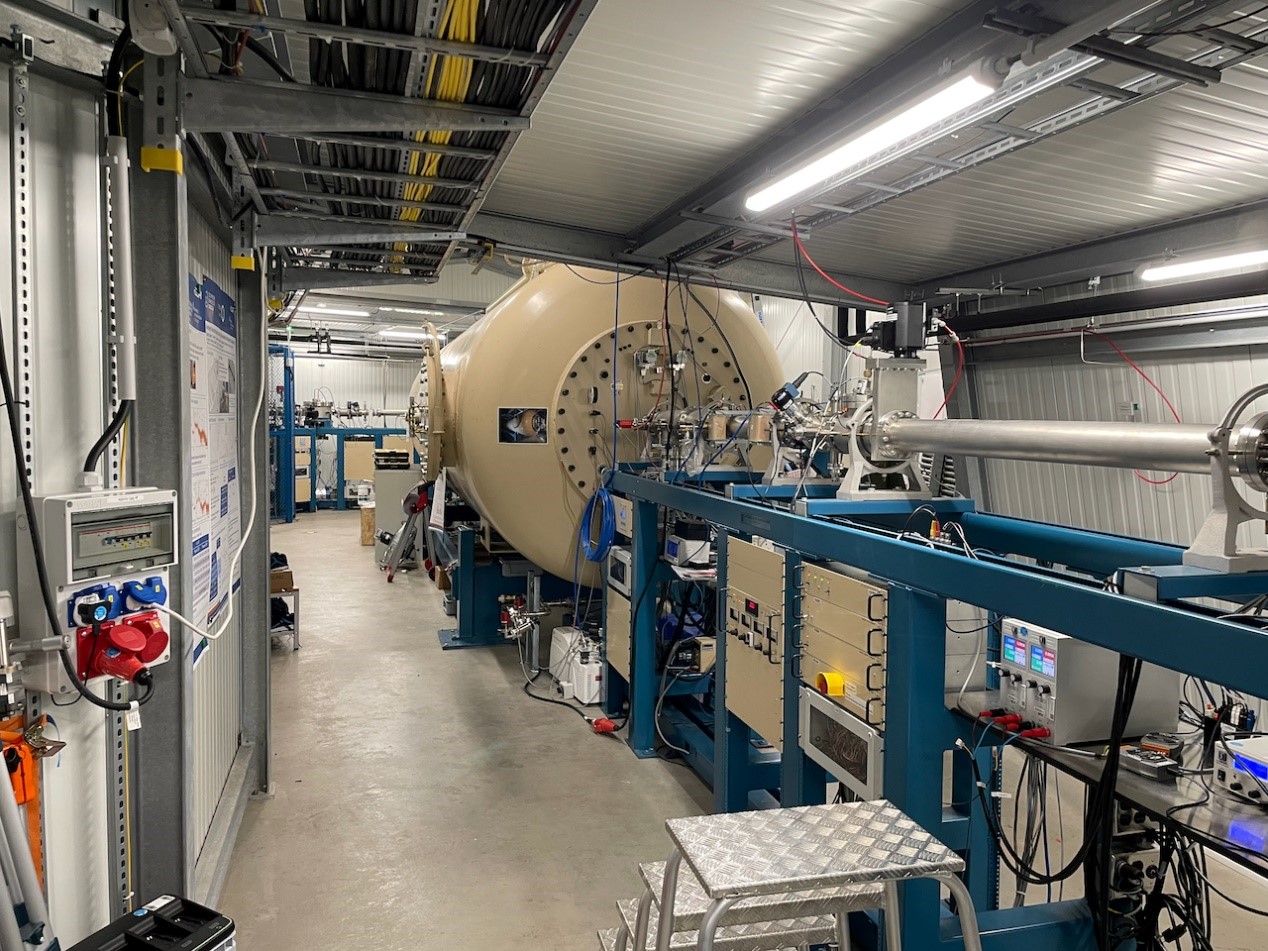
The Felsenkeller underground laboratory is located in two 60 m long tunnels, shielded from cosmic rays by 45 m of rock. The remaining ultra-low background is fully characterized: 40x less muons, 180x less neutrons, 700x less gamma rays than at the surface of the Earth. The lab hosts two main devices: First, a 5 MV ion accelerator for low-background, high ion current nuclear reaction measurements for astrophysics. Second, Germany’s lowest background high-purity germanium gamma-ray detector for microbecquerel radionuclide analyses. EU-supported complimentary access (https://www.chetec-infra.eu) to the lab is available through ChETEC-INFRA.EU (2021-2025), with proposals selected by an independent scientific advisory board based on scientific excellence only. The Felsenkeller underground lab is jointly operated by TU Dresden (Institute of Nuclear and Particle Physics) and by Helmholtz-Zentrum Dresden-Rossendorf (HZDR, Institute of Radiation Physics).
Keywords:
• Nuclear Astrophysics • Low-background Radioactivity Measurements • Dark Matter • Cosmic-Ray Free Environment • Ion Accelerator
Key Contact:
Daniel Bemmerer
www.hzdr.de/felsenkeller
-
Experimental Area for Proton Beam Research at Oncoray
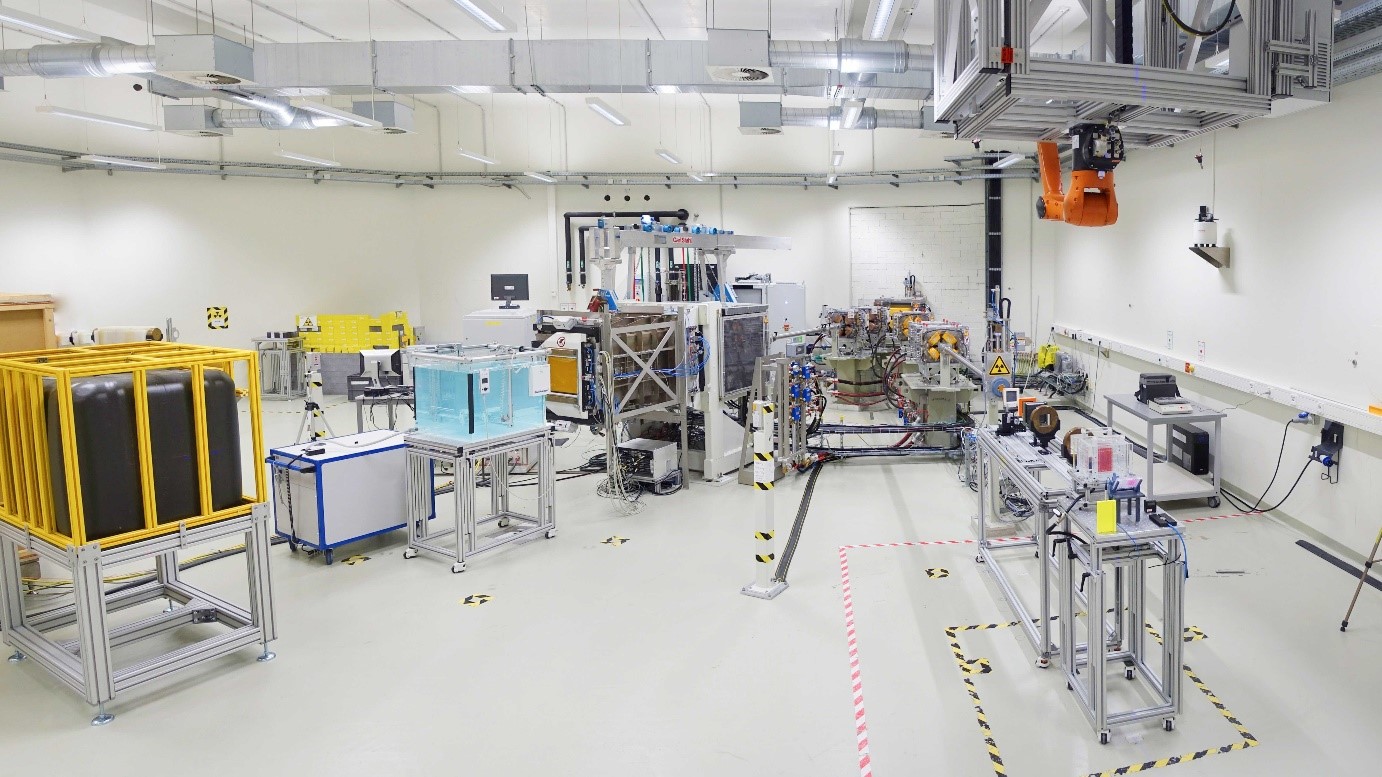
The core of the OncoRay research building is an innovative proton facility. While patients are being treated, OncoRay scientists can concurrently conduct research on cancer therapy. To this end, the proton beam is directed via a separate beamline to an experimental area. Whenever the proton beam is not needed for treating patients it can be used to investigate the impact of protons in vitro or in vivo or to address physical and technical issues. Experiments can be performed at two beamlines (see picture): the beamline on the left allows for scanning of pencil
beams at clinical parameters while the beamline on the right delivers stationary beams at extended beam parameters. The experimental area can also be used by external researchers.
OncoRay® - National Center for Radiation Research in Oncology, Dresden, Germany
Keywords:
• Proton • Physics • Biology • Experimental • Translation • Beam • Irradiation • Detector • Radiation Effect
Key Contact:
Jörg Pawelke
https://www.oncoray.de/research/offer-for-users
-
Hydraulic Engineering Laboratory Hubert Engels Laboratory

The origins of today’s Hubert Engels Laboratory date back to the hydraulic engineering laboratory founded in Dresden by H. Engels in 1898, the first permanent river engineering laboratory in the world. Today, the laboratory comprises the hydraulic engineering hall, modern training laboratory rooms located in the historical Beyer Building since 1913, a field testing facility on the Wilde Weisseritz River between two dams, and a wind/wave measuring station directly on the artificial Lake Senftenberg. It enables scale model tests for research and teaching at a wide range of hydrotechnical scales. Moreover, the lab facilitates teaching by providing the opportunity for demonstrations and presentations.
TU Dresden, Institute for Hydraulic Engineering and Technical Hydromechanics
Keywords:
• Hydraulic Engineering • Technical Hydromechanics • Applied Hydromechanics
• Hydraulic Structures • River Engineering • Morphodynamics • Ethohydraulics
• Scale Model Tests
Key Contact:
Head of Laboratory:
Ulf Helbig
https://tu-dresden.de/bu/bauingenieurwesen/iwd/hubert-engels-labor
-
Institute of Lightweight Engineering and Polymer Technology (ILK)
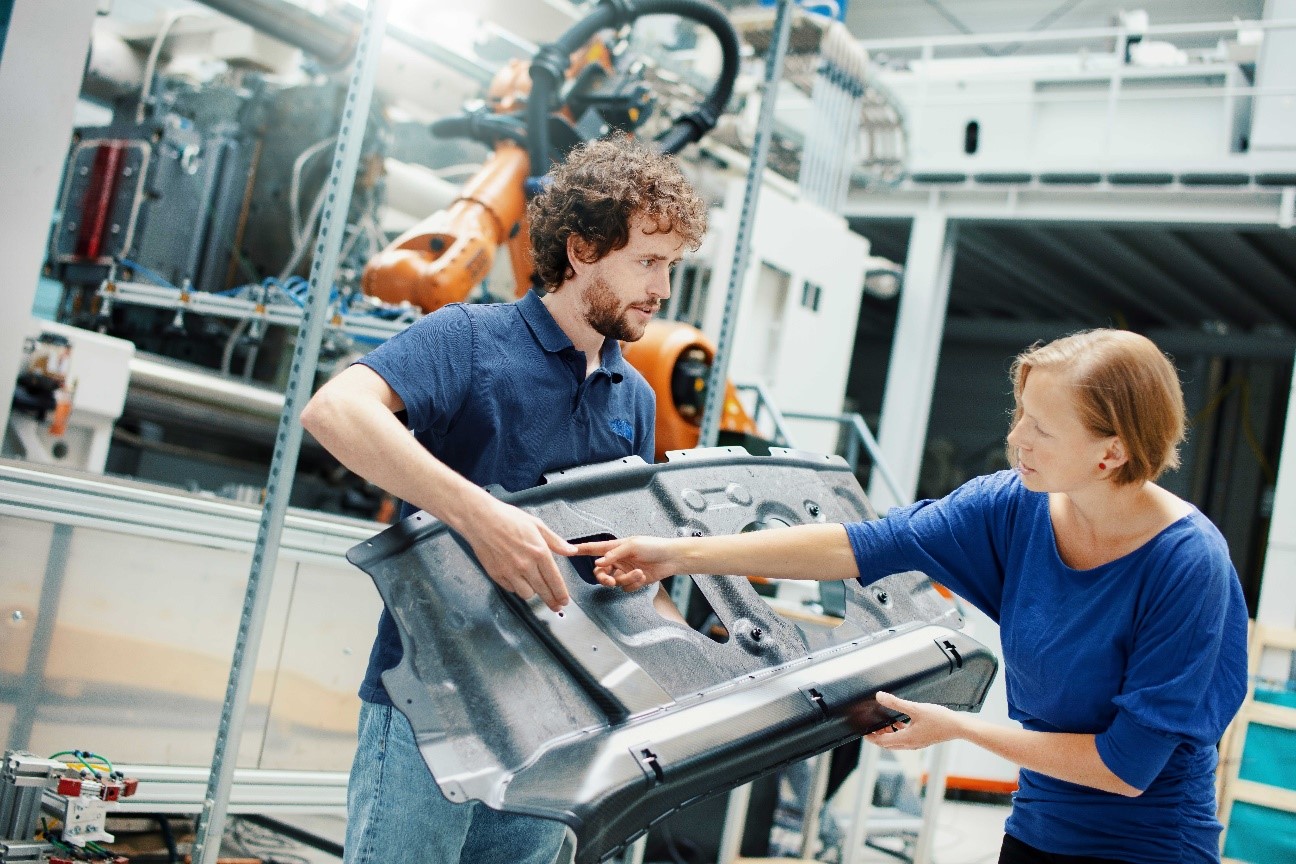
The Institute of Lightweight Engineering and Polymer Technology (ILK) has been active in function-integrative system lightweight engineering in multi-material design for more than 20 years. It is embedded in the business and science hub Dresden which provides optimum conditions for innovative and pioneering research and development. At ILK an extensive approach is pursued with respect to both materials and products throughout the total engineering chain-material, design simulation, manufacturing, component, quality assurance. In 1997, the specialisation course Lightweight Engineering was established as part of Mechanical Engineering at the Institute of Lightweight Engineering and Polymer Technology.
Keywords:
• Engineering • Lightweight • Polymer Technology • Technology • Innovation • Sustainability • Efficiency • Science • Education • Internationalization • Neutral Lightweight Engineering • Function Integration • Space and Aviation • Simulation & Models • Manufacturing
Key Contact:
Chair of Function-Integrative Lightweight Engineering, Board Spokesperson For The ILK:
Niels Modler
www.tu-dresden.de/mw/ilk
-
Vehicle Test Centre Fahrzeutechnisches Versuchszentrum (FVZ)
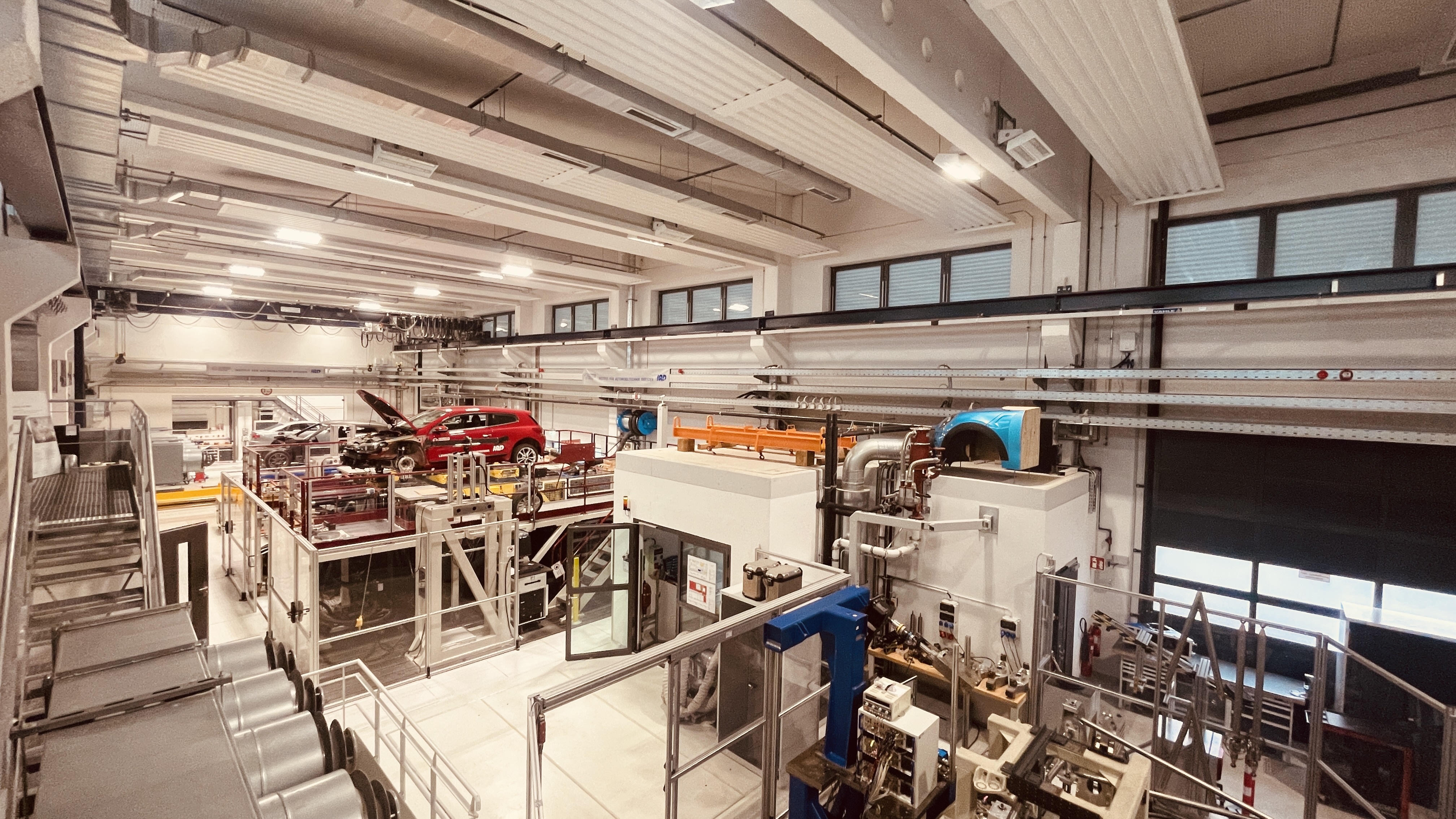
The Vehicle Test Centre is a globally unique set of instruments for basic university research and application-oriented research in vehicle technology. In addition to 4 laboratories, the hall complex in Dresden also houses 14 modern test benches for components and complete vehicles. 4K elastomer bearing test rig, High dynamic powertrain test rig with battery simulator, high dynamic tyre test rig, wheel-axle test rig, universal tension-compression test rig, multifunctional test rig for steering, dyn. kinematics & compliance test rig, vehicle inertia measurement, hydro pulse test rig for shock absorbers, wheel alignment, 4-wheel Dynamometer, full vehicle simulation, VeHiL - complete vehicle HIL.
Keywords:
• Vehicle physics • HiL development methods • Vehicle test benches • Automated driving • Connected driving • Vehicle safety • Vibrations • Objectification • Tires • Elastomeric bushing • Durability • Energy storage • Motorcycle • Networked test benches • NVH
Key Contact:
Günther Prokop
Kay Büttner
https://tu-dresden.de/bu/verkehr
-
Highly Immersive Driving Simulator
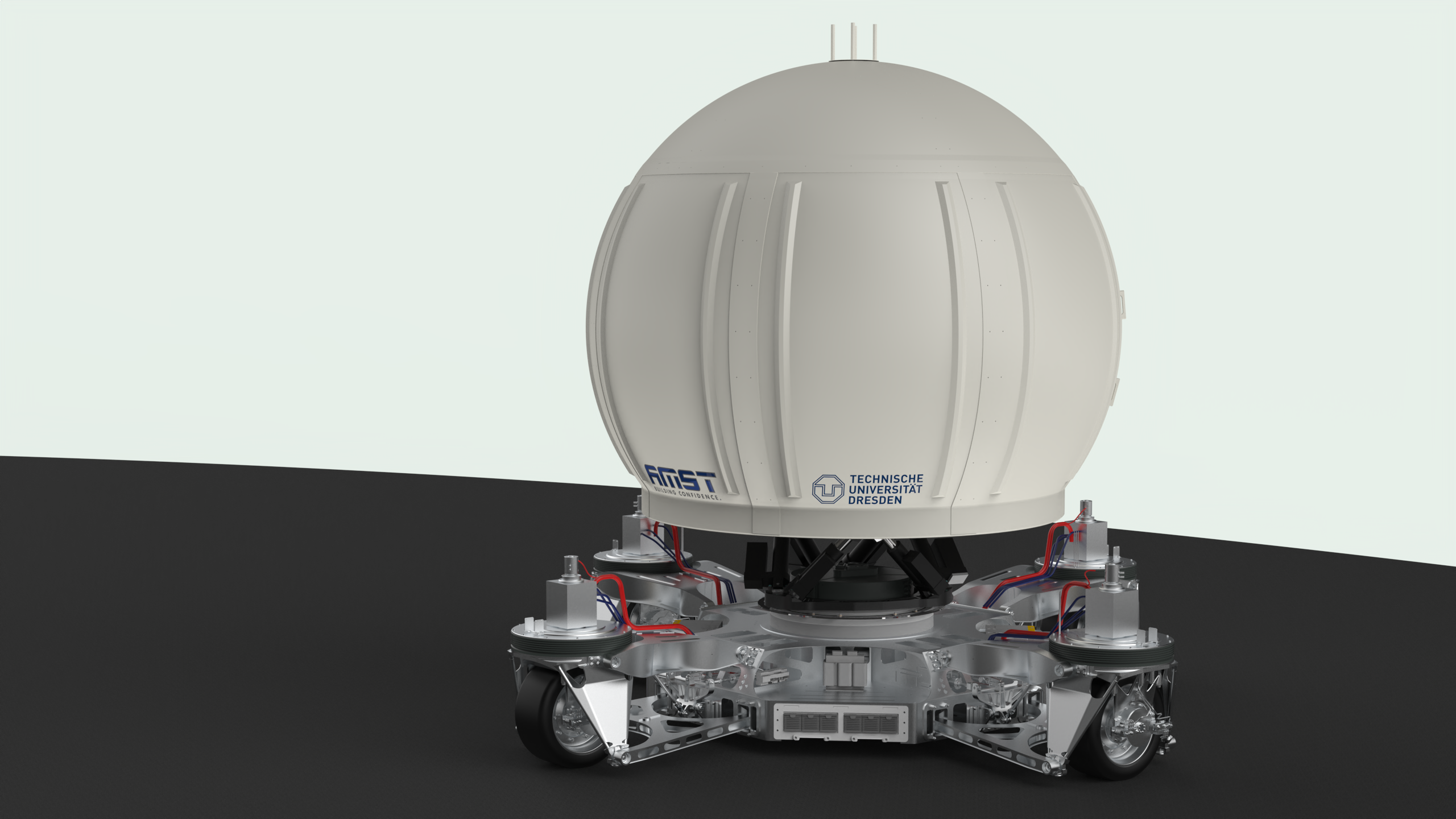
The highly immersive driving simulator has a novel concept due to its tire-bound omnidirectional motion platform, which addresses the challenge of reconstructing all occurring stimuli of a real driving situation into the virtual world. Developed jointly with AMST-Systemtechnik GmbH as part of an innovation partnership, the driving simulator offers a wide range of possible applications in the areas of automated driving testing, in-depth research into human driving behaviour, and classic vehicle development. Even critical scenarios can be represented in a safe test environment in a controllable and reproducible way, helping to reduce the effort of real driving tests in order to push virtual prototyping.
Keywords:
• Vehicle Safety • Virtual Testing • Driving Simulation • Driver-in-the-Loop • Human Factors • Human-Machine-Interface • Traffic Psychology • Automated Driving • Connected Driving • Vehicle Dynamics • Vehicle Comfort • NVH
Key Contact:
Günther Prokop
https://tu-dresden.de/bu/verkehr



